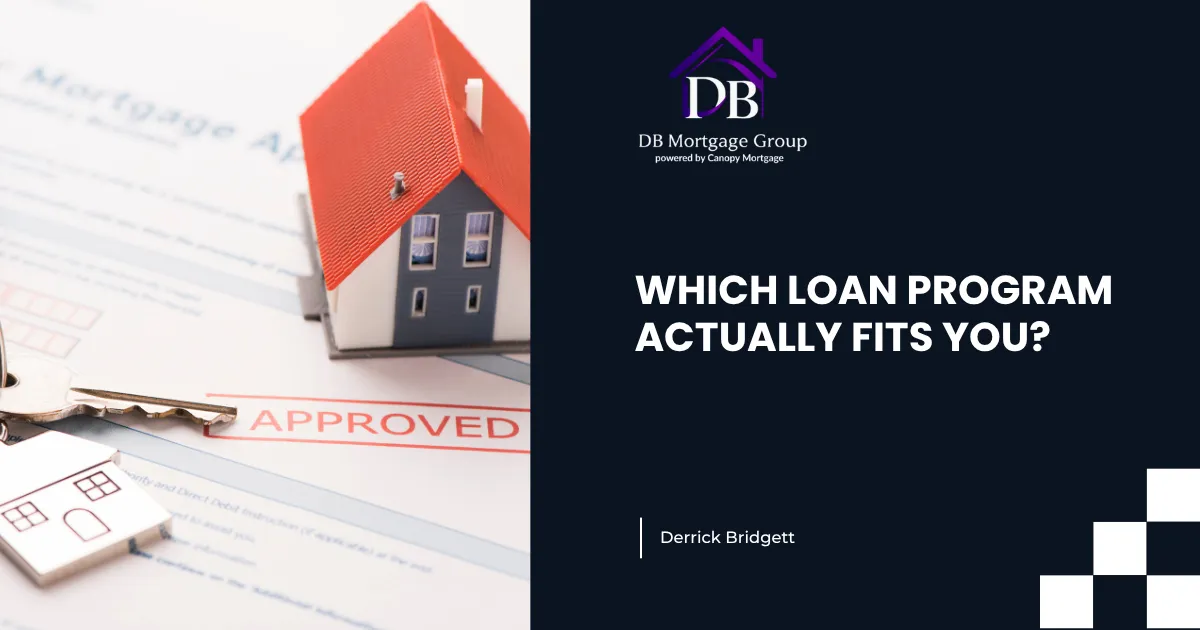
Which Loan Program Is Right for You? Understanding Conventional, FHA, VA, and USDA Loans
When it comes to buying a home, choosing the right mortgage program is just as important as finding the perfect property. With several loan options available, understanding the key differences between them can help you make a financially sound decision. Here’s a breakdown of the four most common mortgage types—Conventional, FHA, VA, and USDA—to help you determine which fits your needs.
Conventional Loans: Flexible but Credit-Sensitive
Who it’s for: Buyers with strong credit and a solid financial profile
Conventional loans are not backed by the federal government, which means lenders take on more risk—and they reward lower-risk borrowers with better terms. These loans typically require a minimum credit score of around 620, but to get the best rates, you'll want a score above 740.
You can put as little as 3% down with some first-time buyer programs, but putting 20% down helps you avoid private mortgage insurance (PMI). Conventional loans also offer more flexibility in property types and loan amounts, making them popular for primary homes, second homes, and investment properties.
Best for: Buyers with good to excellent credit, stable income, and savings for a down payment
FHA Loans: Low Down Payment, More Forgiving Credit Standards
Who it’s for: First-time buyers or those with lower credit scores
Backed by the Federal Housing Administration, FHA loans are designed to expand homeownership access. They allow for credit scores as low as 580 with just 3.5% down—or even lower if you can make a 10% down payment. However, FHA loans come with mortgage insurance premiums (MIP) that are required regardless of your down payment amount.
These loans are ideal for borrowers who need more flexible credit and income requirements but are okay with paying slightly more in monthly costs due to insurance.
Best for: Buyers with moderate credit or limited savings for a down payment
VA Loans: Powerful Perks for Veterans and Military Families
Who it’s for: Eligible veterans, active-duty service members, and some surviving spouses
VA loans, guaranteed by the Department of Veterans Affairs, are arguably the most borrower-friendly mortgages on the market. They require no down payment and no mortgage insurance, even with 100% financing. Plus, VA loans often offer lower interest rates than other loan types.
There is a one-time VA funding fee, which can be rolled into the loan, but the long-term savings typically outweigh this cost. You must meet military service requirements to qualify.
Best for: Eligible military borrowers looking to maximize their buying power
USDA Loans: Zero Down for Rural and Suburban Homes
Who it’s for: Low- to moderate-income buyers in eligible rural or suburban areas
The U.S. Department of Agriculture backs USDA loans, which are designed to encourage homeownership in less densely populated areas. Like VA loans, USDA loans require no down payment. However, they do have income limits based on your area and household size, and the home must be located in a USDA-approved zone.
Borrowers will need to pay a small upfront and annual guarantee fee, but these are typically lower than mortgage insurance on other loan types.
Best for: Buyers with modest incomes looking to purchase in qualifying rural or suburban areas
Choosing the Right Loan: What to Consider
Each loan program serves a different type of buyer. Here are some key questions to ask yourself:
What’s your credit score and financial history?
How much can you afford to put down?
Are you eligible for any special programs (VA or USDA)?
Where are you buying, and does the property qualify?
How long do you plan to stay in the home?
A loan officer can walk you through your options, but doing some homework now helps you ask smarter questions later. Whether you’re looking for the lowest upfront cost, the best long-term savings, or a program that accommodates your credit profile, there’s a loan out there that fits your goals.
Sources
Forbes – https://www.forbes.com
Investopedia – https://www.investopedia.com
CBS News – https://www.cbsnews.com


Quick Links
Programs
Blog
About Us
Social Media Links
YouTube
Copyright 2025. All rights reserved. Derrick Bridgett NMLS #307312 | Equal Housing Lender
Canopy Mortgage, LLC | 360 Technology Court, Suite 200 Lindon, UT 84042 | 877-426-5500 | NMLS Consumer Access #: 1359687. All loans subject to credit and property approval. Our privacy policy is here and our terms of use are here. State License Data: Here
http://www.nmlsconsumeraccess.org/
Interactive calculators are self-help tools. All examples are hypothetical and are for illustrative purposes only.
